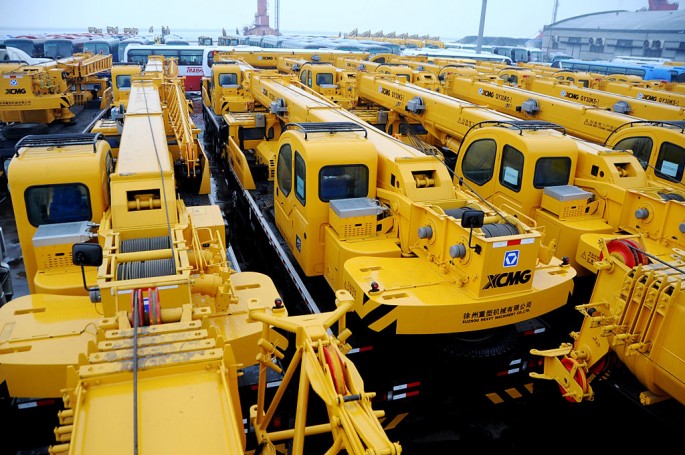China is expected to export more higher-value-added products this year, as announced by the Ministry of Commerce on Monday, Jan. 25. The exports include products from the aviation, telecommunications technology and transportation sectors, China Daily reported.
The move is part of China's export policy to transform the country from a low-grade consumer-goods manufacturer into one that specializes in higher-value-added products, all while maintaining a stable domestic economic growth.
In 2015, exports in rail transportation, machine tools, rail industries, and aviation technology grew by 15 to 30 percent.
China's power equipment and telecommunications sectors also expanded their operations in 140 countries and regions. This includes highly developed markets like the United States and the European Union.
The proportion of the country's high-end product exports increased to 43.7 percent in 2014 from a measly 9.4 percent in 2000, according to the Asian Development Bank.
"The country's fast-growing 4G telecom networks and the Made in China 2025 strategy will further lead to improvements in productivity and resource efficiency this year," said Zhi Luxun, deputy director-general of the Ministry of Commerce's department of foreign trade.
"The potential benefits are even greater if they are extended to every stage of the value chain, from suppliers and manufacturers through to customers," Zhi added.
China's labor-intensive industries have been embroiled in a number of issues due to the country's rapid ongoing urbanization process, according to Shi Ziming, deputy director-general of the ministry's department of outward investment and economic cooperation.
These problems include high staff turnover, particularly in the communication, computer and consumer electronics product sectors.
Experts hope that shifting to focus to high-end industrial research and development will help solve such dilemmas, and help deliver strong technical breakthroughs in high-tech sectors.
The Belt and Road initiative, which was proposed by China in 2013, is also expected to boost the country's exports of high-speed rail technology and related products, particularly in the Southeast Asian market. The trade and infrastructure network, which includes the 21st Century Maritime Silk Road and the Silk Road Economic Belt, will pass through over 60 countries and regions.
China has already started construction on Indonesia's first high-speed railroad project, and expects other Southeast Asian nations to follow suit.



























